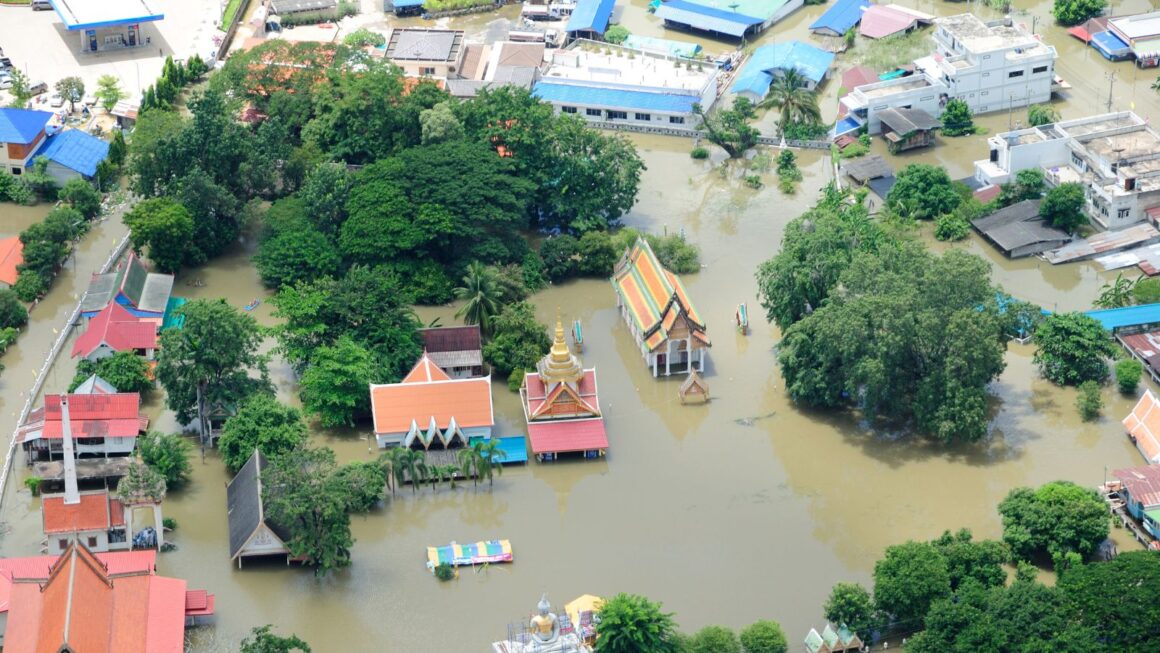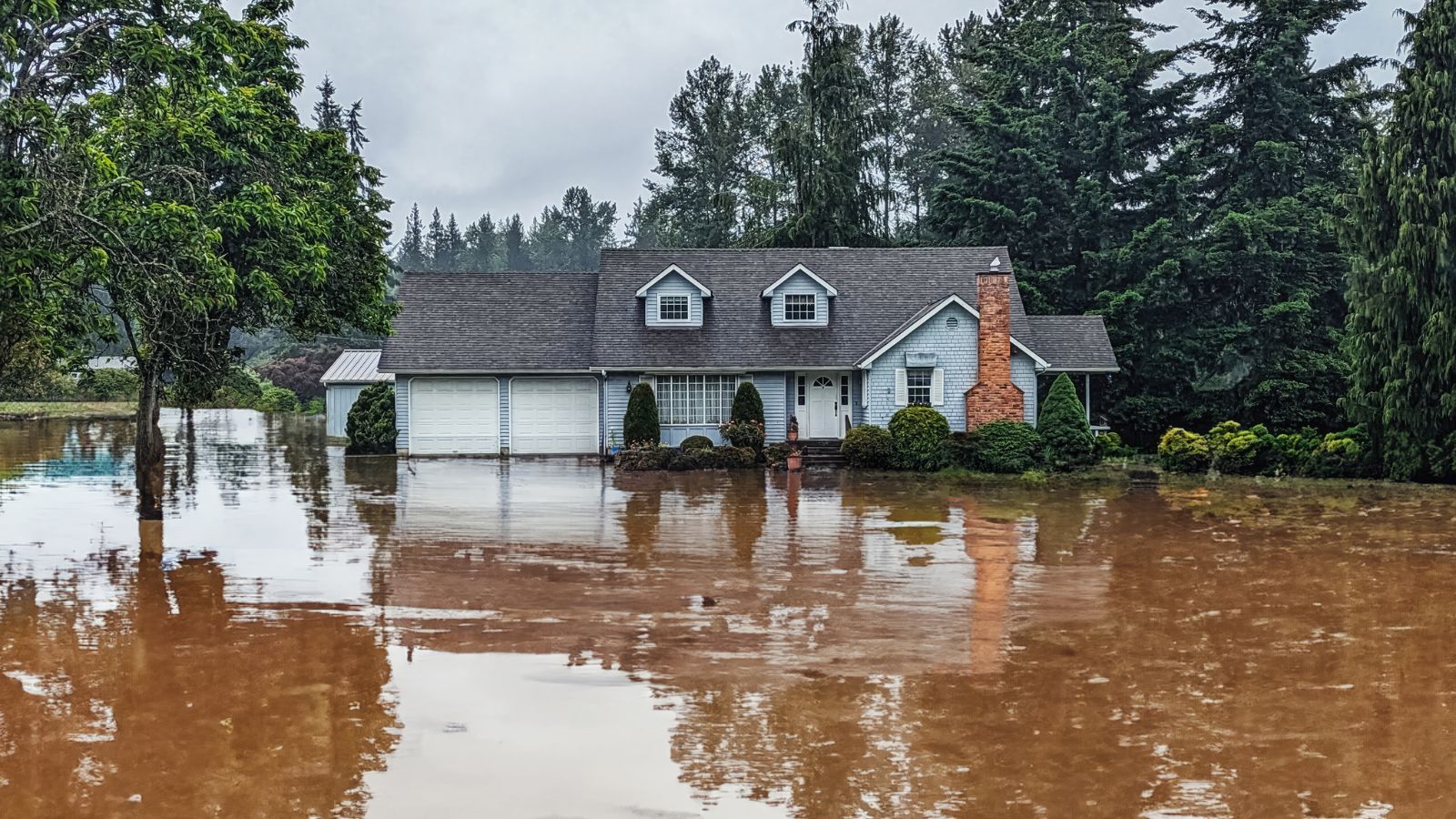A flooded furnace will make any bad day a nightmare, and this is very much the case in Canada, whose unpredictable weather means that basements in Ontario have water problems more often. Bursting pipe or heavy rain, water in your heating system is a bad omen, a safety hazard, expensive fixes, and a freezing home. It will also show you what to do immediately, even before calling specialists such as Superior Plumbing & Heating, and what to expect when they arrive. We will also reveal some of the causes of furnace flooding that are not necessarily evident.
Table of Contents
ToggleImmediate First Steps: A Quick Table to Follow
Here’s a simple table outlining the first actions to take when you discover your furnace flooded. These are crucial for safety and limiting damage before professionals step in.
| Step | Action | Why It Matters |
| 1 | Shut off power – Turn off the furnace at the breaker box and unplug any connected devices. | Prevents electrical shocks or fires from water mixing with wiring. |
| 2 | Turn off gas supply – Locate the gas valve and close it tightly. | Stops gas leaks that could lead to explosions or CO poisoning. |
| 3 | Evacuate if needed – Get everyone out if you smell gas or see sparks. | Prioritizes safety in case of hazards like CO buildup. |
| 4 | Remove standing water – Use a wet vac or towels to clear water around the unit, but don’t touch internal parts. | Reduces further corrosion while waiting for experts. |
| 5 | Call professionals – Superior Plumbing & Heating for emergency furnace repair in Ontario. | Ensures thorough inspection and safe handling of the system. |
Hidden Causes of Furnace Flooding You Might Not Suspect
The quicker something is done, the better, and so, we jump in. Furnace flooding is not necessarily caused by a flood in the basement on the surface–there are reasons behind the scenes. High-efficiency furnaces, as an example, produce condensation that can overflow when the drain pipe is clogged with dirt, which is a common issue in humid Ontario houses. Blocked vent pipes by debris or nests of animals can lead to water build-up in the system, leading to backups. This might not seem to have anything to do with poor yard drainage or a broken sump pump, but this is how water can creep into basements and reach the furnace. Even internal problems, such as an old heat exchanger with cracks or corrosion, can cause leaks that look like floods. These implicit issues might build up and easily be identified before they emerge into a bloc crisis.
What You Can Do Before the Plumbers Arrive
After you have tackled the immediate safety measures, you need to look at damage control without risking additional damage. First of all, document all of it, take photos of the flooded part, and any possible damage to submit them as insurance claims. Never switch the furnace back on, even when it appears to be dry, since latent moisture may short-circuit. When safe, open the windows (or use fans to dry and ventilate) to minimize the risk of molds. Investigate similar problems in nearby appliances, such as water heaters, because in many cases, floods can affect more than just one system. Do not attempt to clean and repair internally; water and electricity are a fatal combination, and handling of the gas lines may cause fire. These measures buy time until experts show up to make a decent repair.
What the Plumbers Will Do: Step-by-Step Professional Response
When technicians from a service like Superior Plumbing & Heating show up, they’ll follow a systematic approach to assess and repair your flooded furnace safely. They’ll start with a full inspection, using tools like moisture meters to check for water in hidden spots and multimeters to test electrical components. If the furnace is salvageable, they’ll drain remaining water, clean corrosion from parts like the heat exchanger or blower motor, and replace damaged elements such as wiring or controls. For severe cases, they might recommend full replacement, especially if water reached the gas valve or circuit board, as repairs could be unreliable. They’ll also test for CO leaks and ensure proper venting before restarting the system.
Wrapping Up: Stay Safe and Prepared
It is a stressful situation that can be reversed through a fast response and expert assistance. With this guide, you will reduce risks and prepare a platform on which to do your repairs. Note that the underlying causes, such as clogged drains or poor drainage, are normally elusive, hence the importance of annual maintenance in smart home heating in Canada. When you are at this point, you should not wait any longer, and that is why you should call professionals to repair your furnace, as this is an emergency in Ontario.






